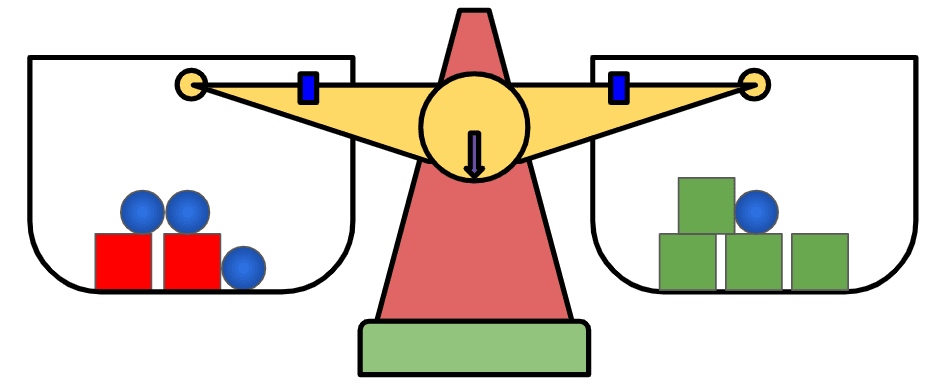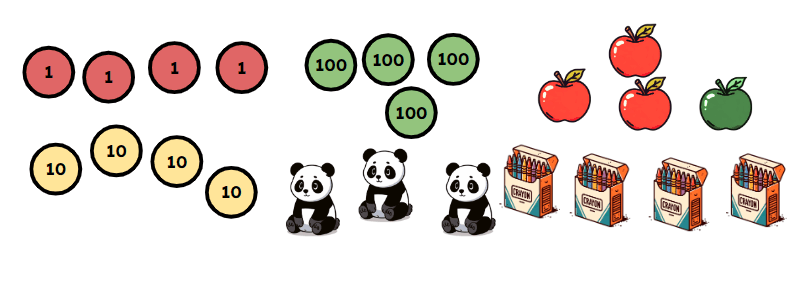Myths about teaching can hold you back
- Year 3
Add two 3-digit numbers using partitioning
I can add two 3-digit numbers using partitioning.
- Year 3
Add two 3-digit numbers using partitioning
I can add two 3-digit numbers using partitioning.
These resources were made for remote use during the pandemic, not classroom teaching.
Switch to our new teaching resources now - designed by teachers and leading subject experts, and tested in classrooms.
Lesson details
Key learning points
- Partitioning can be used to add 3-digit numbers
- Unitising means we can use known facts to add larger numbers. For example, 370 + 260 is equal to 37 tens add 26 tens.
Keywords
Addend - An addend is a number added to another.
Sum - The sum means the total when the numbers are added together.
Unitising - Unisiting means treating groups that contain the same number of things as 'ones' or 'units'.
Common misconception
Pupils may not understand that a tens counter has a value of ten. For example, they may think that 14 tens and 11 tens make 25 altogether, forgetting to convert 25 tens into 250.
Encourage counting in tens using counters to begin with. Move onto modelling questions using base ten so the children can count the tens blocks.
To help you plan your year 3 maths lesson on: Add two 3-digit numbers using partitioning, download all teaching resources for free and adapt to suit your pupils' needs...
To help you plan your year 3 maths lesson on: Add two 3-digit numbers using partitioning, download all teaching resources for free and adapt to suit your pupils' needs.
The starter quiz will activate and check your pupils' prior knowledge, with versions available both with and without answers in PDF format.
We use learning cycles to break down learning into key concepts or ideas linked to the learning outcome. Each learning cycle features explanations with checks for understanding and practice tasks with feedback. All of this is found in our slide decks, ready for you to download and edit. The practice tasks are also available as printable worksheets and some lessons have additional materials with extra material you might need for teaching the lesson.
The assessment exit quiz will test your pupils' understanding of the key learning points.
Our video is a tool for planning, showing how other teachers might teach the lesson, offering helpful tips, modelled explanations and inspiration for your own delivery in the classroom. Plus, you can set it as homework or revision for pupils and keep their learning on track by sharing an online pupil version of this lesson.
Explore more key stage 2 maths lessons from the Informal and mental strategies for adding and subtracting two 3-digit numbers unit, dive into the full primary maths curriculum, or learn more about lesson planning.

Equipment
Licence
Prior knowledge starter quiz
6 Questions
Q1.What is an addend?
Q2.What should you add to 70 to make 100?
Q3.What would you add to 92 to make 100?
Q4.92 + 14 =
Q5. = 107 − 9
Q6.The bucket balance has been filled with marbles and blocks. It is balanced. Which of these most closely represent the equation shown by the bucket balance?

Assessment exit quiz
6 Questions
Q1.Which group has a different number of 'units'?

Q2.Match the units with their value.
30
300
3
40
500
7
Q3.Match the expressions.
4 ones + 5 ones
40 + 50
400 + 500
32 ones + 54 ones
320 + 540
45 tens + 39 tens
Q4.130 + 150 =
Q5.Match the expressions with the most relevant strategy for mental addition.
Partitioning
Unitising


